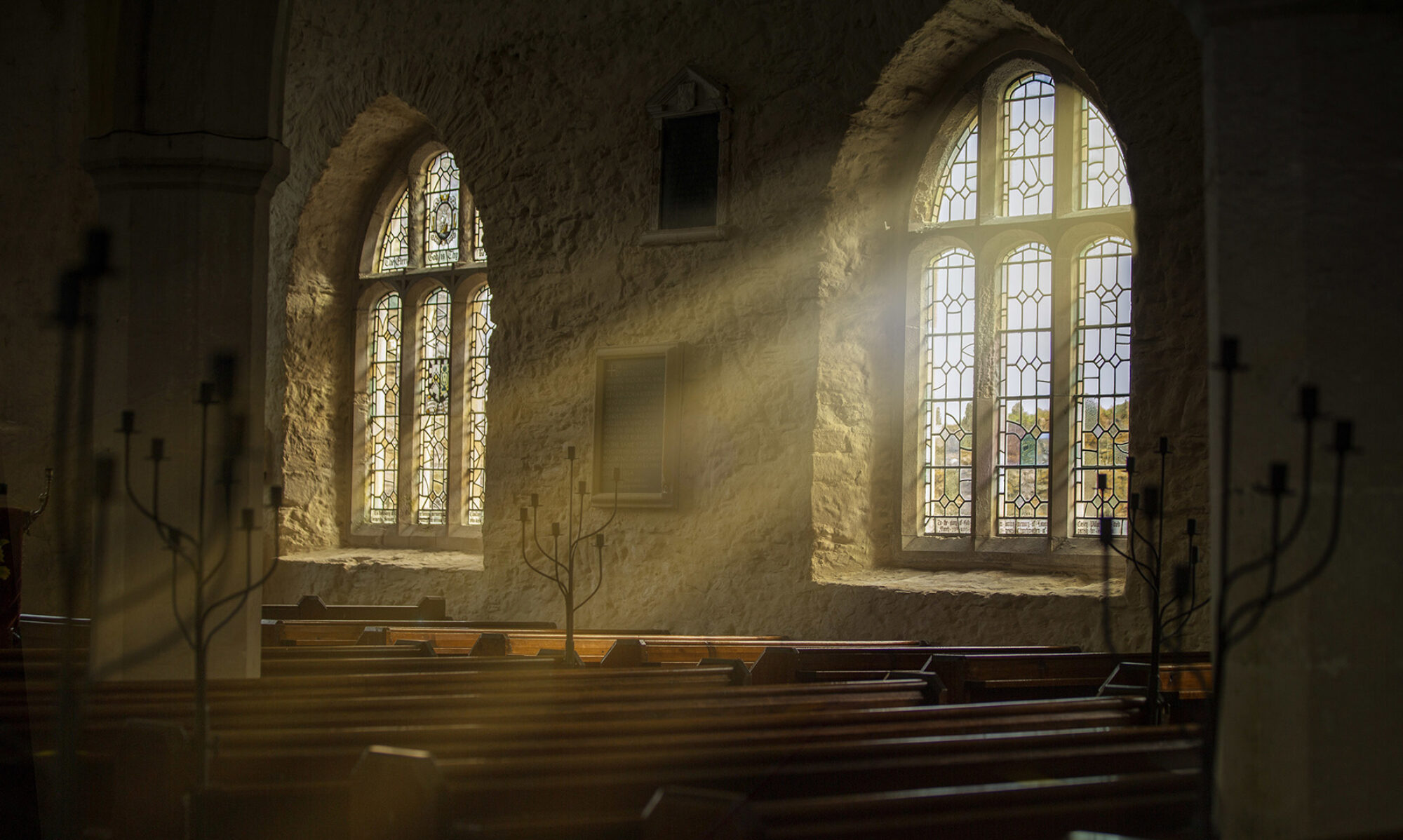As a child, my favorite day of the week was Friday. Friday marked the onset of the weekend, which meant no more school.
The day of the week I least favored was Sunday. Particularly Sunday night. Sunday marked the conclusion of the weekend, which meant no more fun.
Regarding the seasons of the year, I most vividly remember spring-time. As I recall, the smell of the crisp spring-air often caught my attention. The scent of freshly cut grass, flowers in full bloom, along with the gentle tilt of the warm spring-sun, each declared the long winter-chill was finally drawing to a close. The warming weather trend also announced the return of baseball – a sport I loved to both play and watch. Spring was, unquestionably, my favorite time of year.
We all have our favorite days of the weeks and seasons of year, I suppose.
As an adult, my favorite days and seasons are now associated with the Christian Calendar. The Christian Calendar marches to the rhythms of Christian festivals and celebrations,. Festivals and celebrations beginning this Sunday, November 29th, with the Season of Advent. I discovered the Christian Calendar years ago while attending seminary. We discussed the Christian Calendar in some of my classes, but I experienced it while worshipping in a small Episcopal Church located within a few miles of the school.
Every major religion has a distinct calendar (notably Judaism, Christianity, and Islam) designed to direct our attention toward God and recalibrate our affections for Him. They serve to stir our imagination, causing us to perceive the hidden world they are designed to reveal.
The Season of Advent is the Christian New Year. This New Year begins with a call to prepare for and celebrate the humble birth of our Savior. This season incorporates images, symbols, patterns, and practices that encourage us to expect and anticipate nothing less than the in-breaking life of God in our midst.
Every portion of Christ’s life is accentuated and emphasized in the Christian Calendar as we move from Advent, Epiphany, Lent, Easter, Pentecost, and finally into Ordinary Time. Each one consisting of its own season. Each one inviting us to enjoy his rule and reign as we begin to envision the new life He provides and the life He empowers us to live. As the calendar unfolds, we explore the life of Christ on earth, experience his miracles, his teaching, his immense popularity, and yes – even his brutal murder.
Advent, for Christians, is of immense importance. Unfortunately, we tend to wreck it with Christmas every single year. The trappings of Christmas can point us to Christ, but they tend to bend the focus back on ourselves, revealing the idolatrous hearts of tiny-kings and queens that shape the world in which we live.
This year, I intend to settle into the Season of Advent so its images, symbols, patterns, and practices will prepare me for the arrival of the True King as I reimagine the life this King empowers me to live.
Settling into the images, symbols, patterns, and practices of the Christian Calendar, particularly Advent, might be the practice or rhythm I need in order to widen my imagination. As such practices widen my imagination, I begin to envision the hidden world all around me. The world hidden in plain sight, buried beneath the trappings of the chaos my life has become during these past eleven months. This hidden world is the real world, the new world, the true world. It’s this world beyond the world the season of Advent is designed to reveal. In this and the next few posts, I will explore a host of unique ways Advent reveals this world often hidden in plain sight!

The Advent Calendar: Counting Forward, Not Down!
The first, and in my mind, one of the most unique, patterns and practices of the Christian Calendar – particularly during Advent – is related to how we keep time. We often countdown in December, but with Advent we are counting toward or forward rather than down. This subtle but important distinction is featured in one of my favorite Worship Companions (a resource for Christian preaching and worship):
The congregation that observes Advent will mark time differently from those people who live December as a countdown to Christmas and the end of the year. The Sundays of Advent count forward to a time that begins with the birth of Christ. The First Sunday of Advent is for Christians the first Sunday of the year, a new year in sacred time, opening to the mystery and certainty of God’s presence. ~David L. Bartlett
Even as the world around us begins to countdown toward the end, we, the church and God’s gathered people, count forward toward a new beginning! This counting-forward practice stirs one’s imagination to expect something new each and every day of the Advent season. This is often celebrated by way of the daily Advent Calendar that adorns many homes this time of year.
During our child-rearing years, one of our favorite daily rhythms was opening the new door on our Advent calendar. Each new door revealed a new gift. A gift for the day. Our children often took turns opening the door and receiving the new gift. In many ways, though we didn’t clearly specify it, this practice was teaching us to look forward – to count forward, toward the greatest gift of them all.
And, of course, that’s the point of patterns and practices, is it not? We are taught by experience. We are shaped by habit to see the world behind the world; to discover the truth behind the reality it’s designed to reveal. Next time, we will explore some other images, symbols, practices, and patterns of this blessed season and wonderful time of year! I invite you to come along with me so we can take this journey together!

